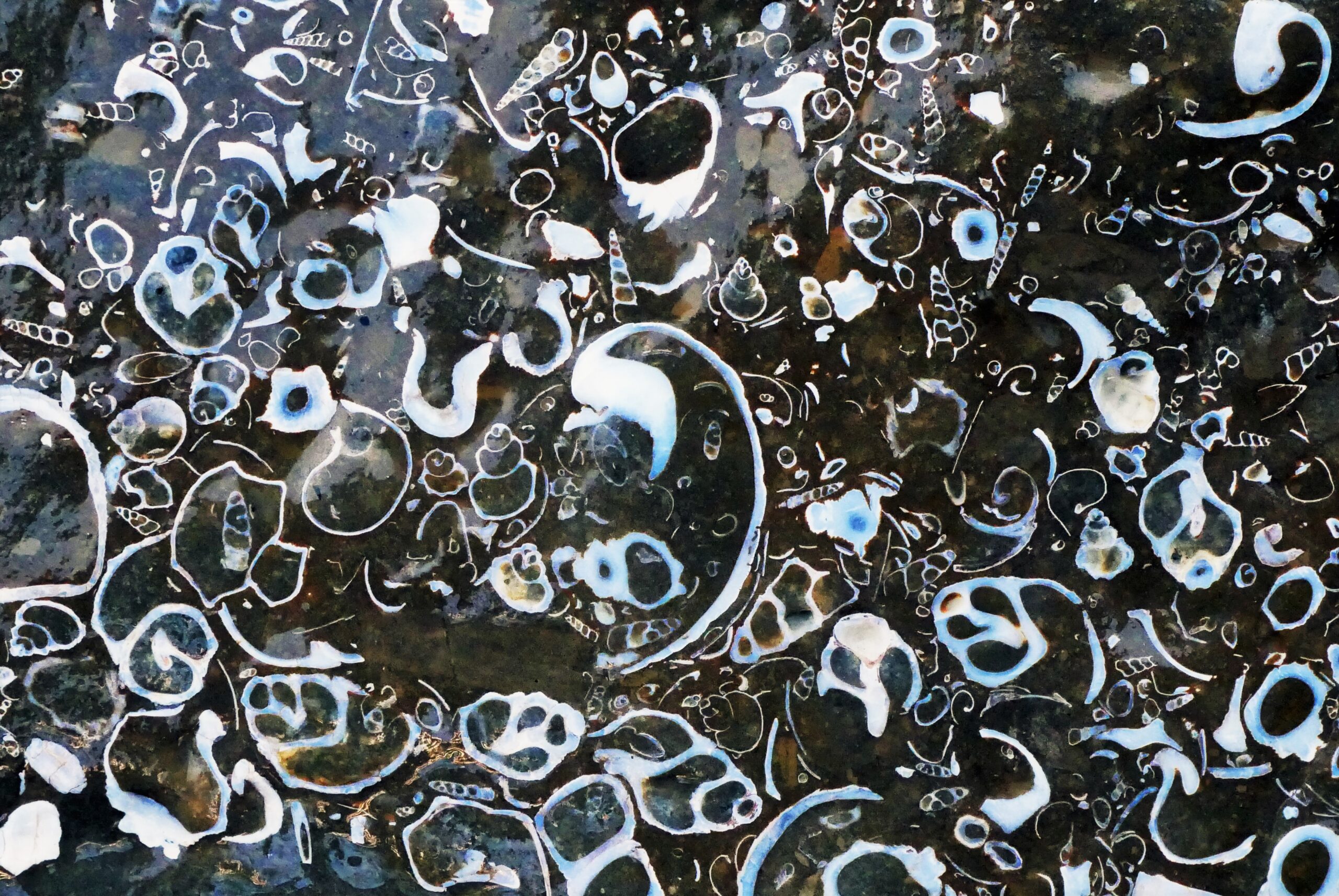New Zealand has marine fossil records that span the course of 40 million years. Now they’re giving us a glimpse at how marine life responds to a warming ocean.
A new paper in Science has found past biodiversity increased alongside warming ocean temperatures over very long timescales. The study authors say their results provide a baseline for what should be expected from future natural warming in these kinds of marine ecosystems.
The SMC asked experts to comment on the research.
Tom Womack, PhD Candidate, Victoria University of Wellington, comments:
NOTE: Tom Womack is lead author of this research. These comments are a brief excerpt from Tom Womack’s piece in The Conversation. Read the full article here.
“New Zealand may be relatively small, but its fossil record reveals a globally important ecological relationship between the number of species, their role in the ecosystem and ocean temperatures.
“We used New Zealand’s exemplary fossil record of molluscs from the past 40 million years to examine how ocean temperatures influence the number of species. Our research shows a new, fundamental pattern.
“We found an increase in species richness during periods with warmer ocean temperatures, as well as higher numbers of species filling similar ecological roles in New Zealand’s coastal cool-water ecosystems. The latter is a measure known as functional redundancy.
“Such ecological redundancy can increase ecosystem resilience to environmental change. Taken at face value, our findings might be seen as encouraging news for New Zealand’s biodiversity in the face of global heating.
“But our findings are based on natural changes in ocean temperature in the past. At the rate of current human-driven warming, the unfolding biodiversity crisis — hailed as the sixth mass extinction — is likely to play out differently from previous mass extinction events.
“The impact on New Zealand’s future biodiversity is also likely to deviate from the patterns we can glean from the fossil record.”
Dr Nic Rawlence, Director Otago Palaeogenetics Lab and Senior Lecturer in Ancient DNA, Department of Zoology, University of Otago, comments:
“The past is the key to the present. How biodiversity responded to climate change in the past can help scientists to predict how plants and animals may respond to human-driven climate change in the future.
“Tim Womack and colleagues at Victoria University of Wellington and the British Museum of Natural History have used Aotearoa New Zealand’s shallow marine mollusc (i.e. seashells) fossil record to examine aspects of this big picture question. This study is only possible with an excellent fossil record, excellent collections and a diverse and well understood fauna – all of which New Zealand has.
“Using the mollusc fossil record, Tim Womack and colleagues showed that over tens of millions of years, increasing ocean temperature due to natural climate change led to increased species richness (i.e. new species arising or species expanding their range) and functional redundancy (i.e. multiple species filling the same role in the ecosystem).
“While this may seem like good news regarding the potential impacts of human-driven climate change, increased species richness may come at the cost of the complete biological turnover of shallow marine molluscs, as has happened at the start of the last Ice Age 2.5 million years ago, and increasing numbers of invasive species, both of which would be very bad indeed.”
No conflict of interest.
